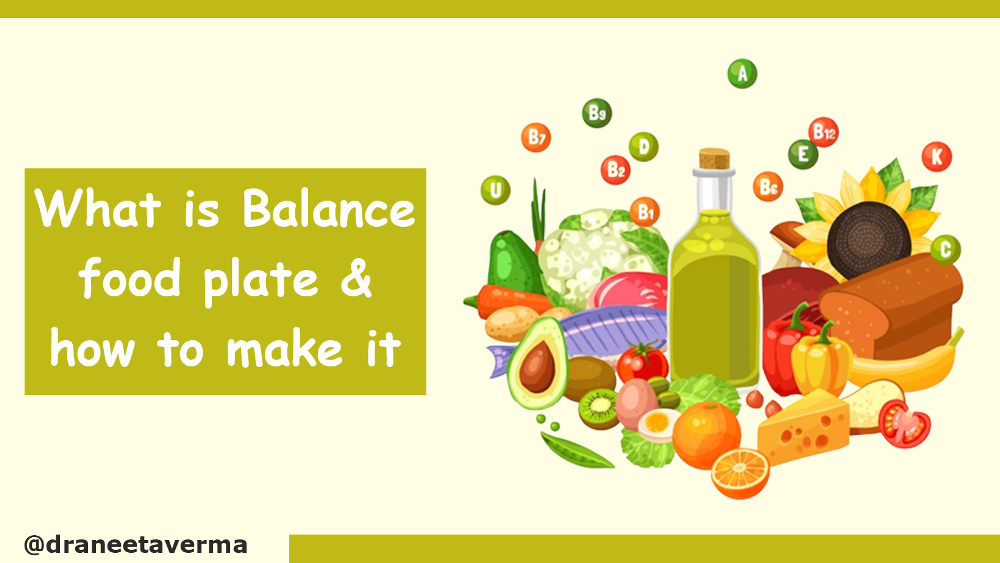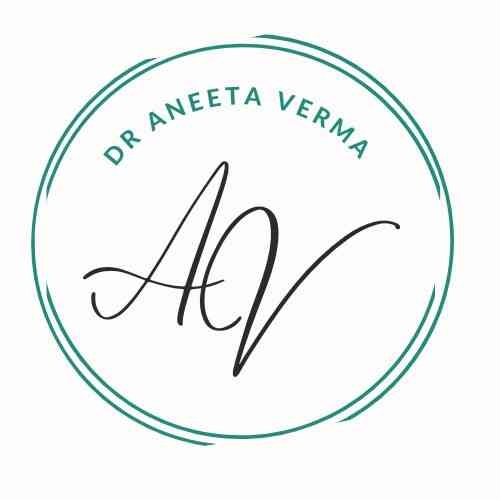+918048051883

This is your website preview.
Currently it only shows your basic business info. Start adding relevant business details such as description, images and products or services to gain your customers attention by using Boost 360 android app / iOS App / web portal.
What is a Balance food plate & how to make it ...

What is a Balance food plate & how to make it The balance food plate, also known as the My Plate food guide, is a way of eating that encourages people to eat a variety of foods that provide all of the essential nutrients. This includes fruits, vegetables, grains, proteins, and dairy products. It is a simple, visual guide to help people make healthier food choices and understand portion sizes. The plate is divided into four sections, which represent different food groups. The largest section is fruits and vegetables, which should make up half of the plate. This is because they are high in fibre, vitamins, and minerals and low in calories. The next section is grains, which should make up one-quarter of the plate. This includes whole grains, such as brown rice, oats, and quinoa, as well as refined grains, such as bread and pasta. The third section is proteins, which should make up one-quarter of the plate. This includes lean meats, poultry, fish, eggs, tofu, beans, and nuts. The last section is dairy, which should make up one-eighth of the plate. This includes milk, yoghurt, and cheese. In addition to the food groups, the balance food plate also recommends that people choose healthy fats, such as olive oil, nuts, and avocados. It also recommends choosing foods with less added sugar, salt, and saturated fat. Making a balance food plate is easy. Begin by filling half of the plate with fruits and vegetables. Aim to add a variety of colours and textures, such as leafy greens, red peppers, and oranges. Next, add one-quarter of the plate with grains. Choose whole-grain options, such as brown rice, oats, or quinoa. Then, add one-quarter of the plate with proteins. Choose lean proteins, such as chicken, fish, tofu, or beans. Finally, add one-eighth of the plate with dairy. Choose low-fat or non-fat options, such as milk, yoghurt, or cheese.

